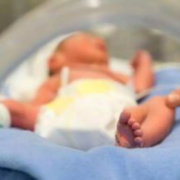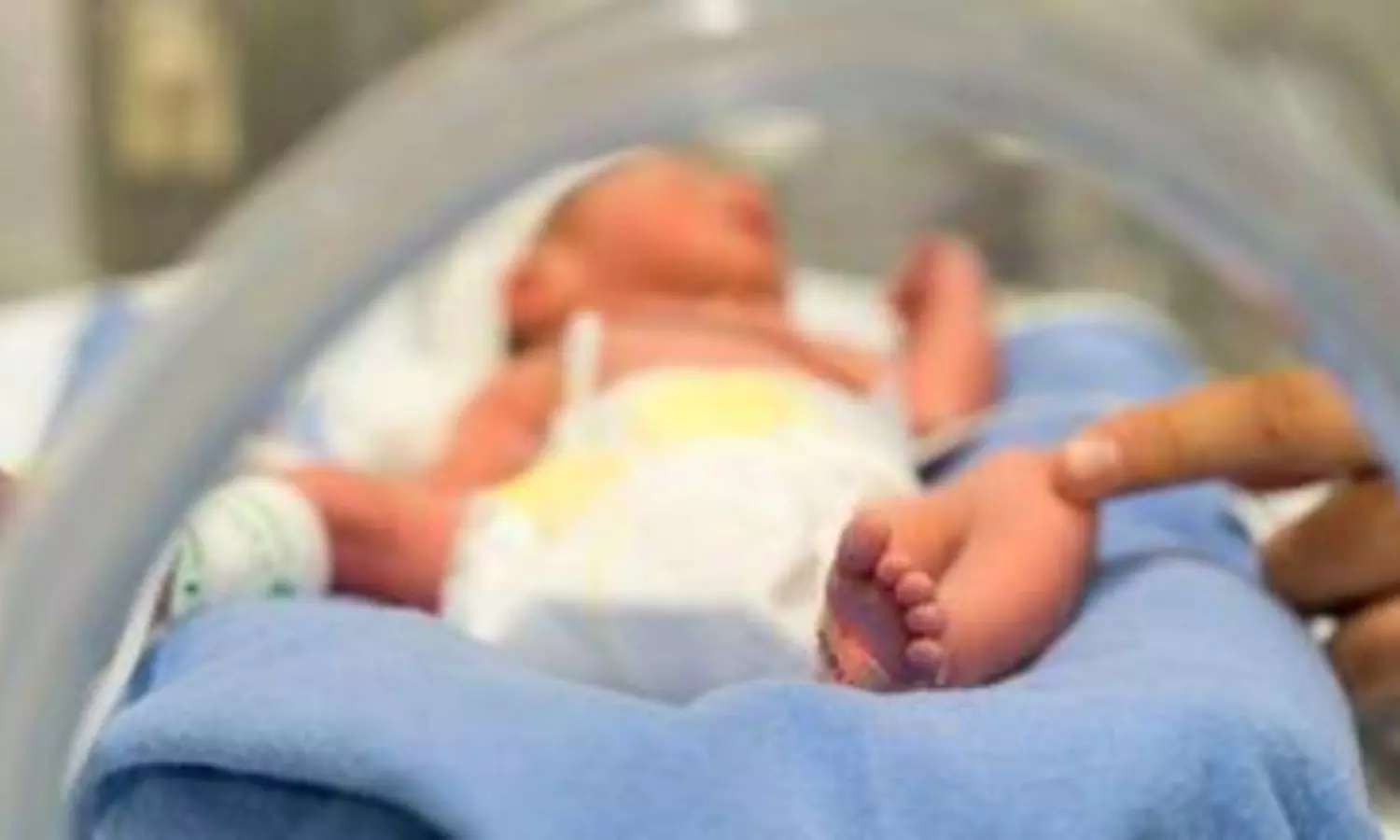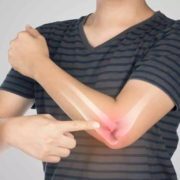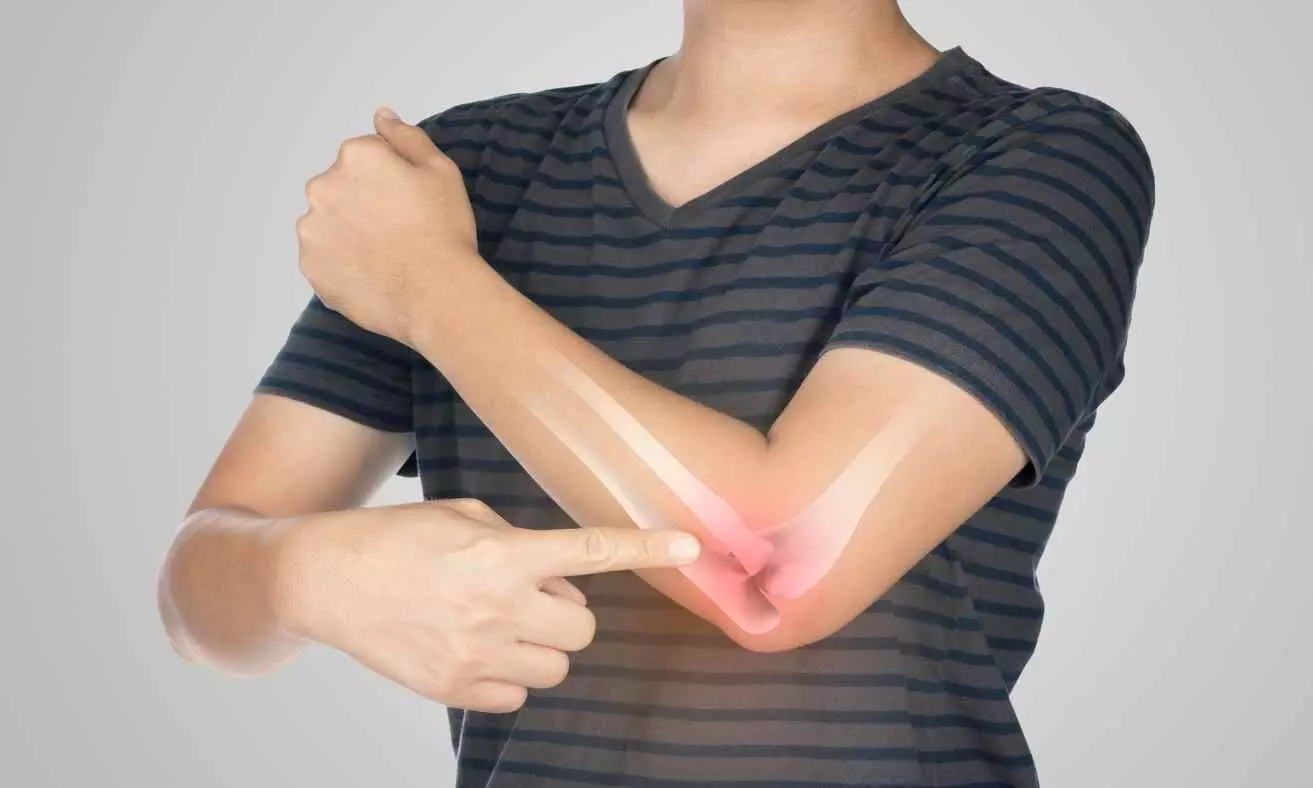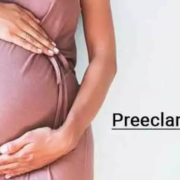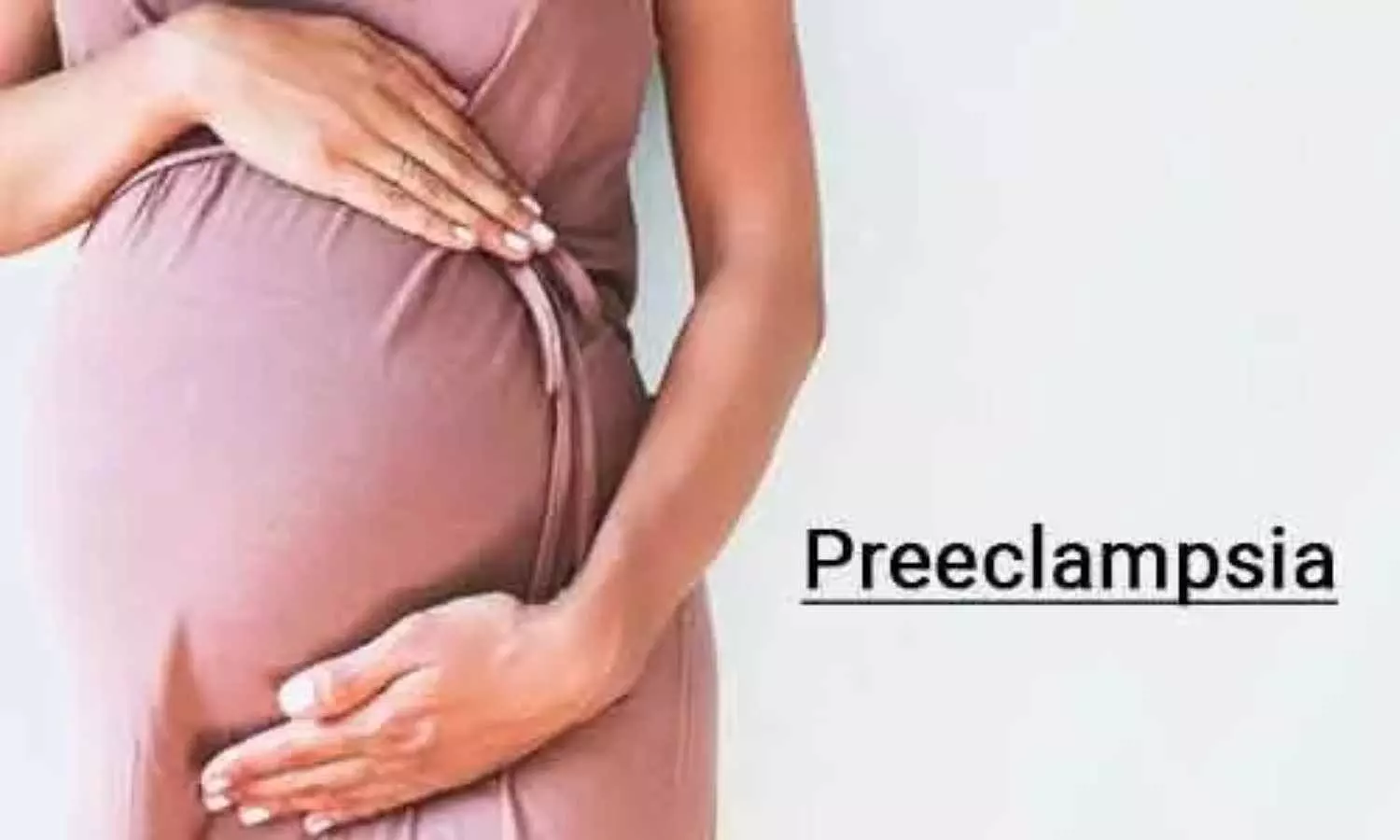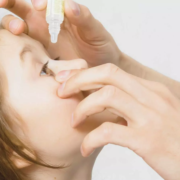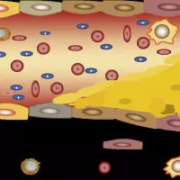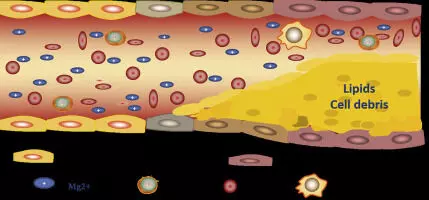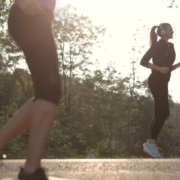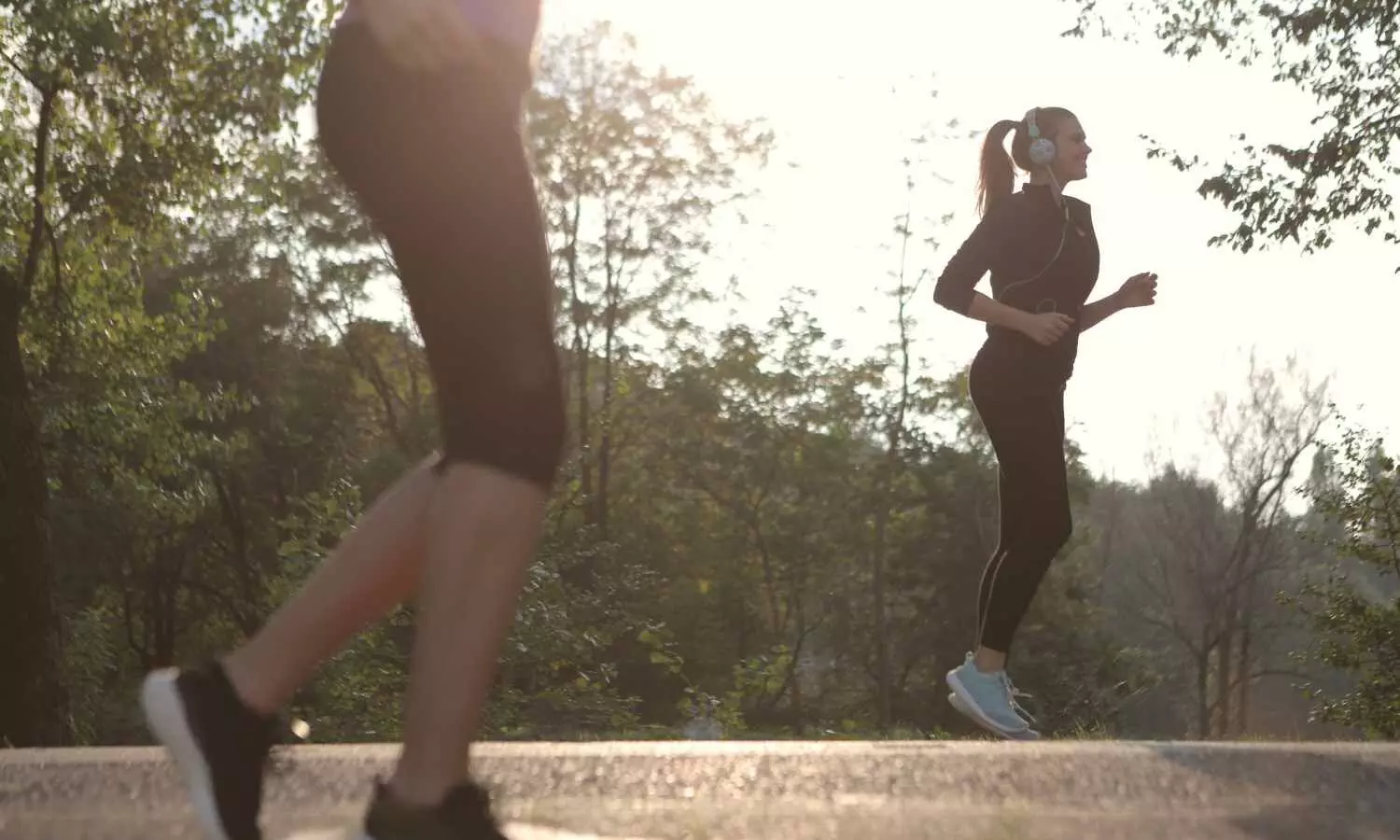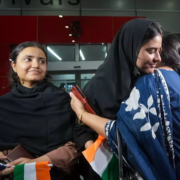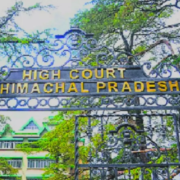
Shimla: Observing that ‘doctors are not slaves’, the Himachal Pradesh High Court recently directed the State Government to give a No Objection Certificate (NOC) to a doctor for pursuing a super-speciality course.
The doctor was posted as a Senior Resident at the Radiotherapy department of Pt. Jawahar Lal Nehru Government Medical College (PJLNGMC), Chamba. After clearing the National Eligibility-Entrance Test (NEET) super speciality 2025 exam, the doctor applied for a NOC from the institute, and his request was rejected.
While the State argued that the denial of granting NOC to the doctor was in the interest of Public Interest, the HC bench comprising Justice Sandeep Sharma observed that if the petitioner doctor submitted an undertaking that after completing the Super Speciality Course, he would not only join State service as a Super Specialist but would also complete his remaining bond tenure, “no prejudice shall be caused to the respondents rather public at large would be benefited at later stage.”
Accordingly, the Court ordered, “Respondents are directed to issue No Objection Certificate as well as Original MBBS Degree…, enabling him to join Super Specialty Course in the institution concerned subject to his furnishing amount of Rs. 40,00,000/- within a period of one week in the bank account of the Director Health Services, details wherein shall be furnished by the respondents to the petitioner and furnishing copy of undertaking given to this Court.”
After completing his MBBS degree, the petitioner doctor was appointed as a Medical Officer on a contractual basis in the Radiotherapy department. Consequently, the petitioner was selected for the PG course in Radiation Oncology/Radiotherapy at IGMC, Shimla, against the in-service quota. At the time of admission, the petitioner submitted a Rs 40 lakh bond undertaking to serve for four years after completing the PG Course. Results of the PG Course were declared, and the State gave posting to the petitioner as a Medical Officer in PJLNGMC&H, Chamba, and he worked there from 12.09.2023 till 04.12.2023. Thereafter, the petitioner was appointed as Senior Resident at USPGMC&H Nahan. But, after some time, he was again posted at PJLNGMC&H, Chamba as Senior Resident.
The petitioner had been working as a Senior Resident there for more than one year and nine months. Meanwhile, completing the PG medical course, the petitioner appeared in the NEET SS 2024 exam and cleared it; he was allotted an All India Quota seat for DNB SS Medical Oncology in the first round of counselling.
On 24.05.2025, the petitioner submitted a representation to the authorities seeking an NOC to pursue a three-year DNB SS Medical Oncology Course. However, the authorities rejected the grant of NOC/Sponsorship for the DNB SS Course on the ground that he had not completed the mandatory field posting of one year after completion of the Post-Graduation Course.
Even though the petitioner promised to serve the State after completing the course and completing the remaining bond period, his request for the NOC was rejected. Therefore, the petitioner was forced to submit an unconditional resignation.
Approaching the High Court, the petitioner doctor claimed that with the allotment of the DNB seat, he got a once in a life time opportunity, which he could not miss. He also argued that securing the seat would help the State in times to come.
While considering the case, the Court on 03.06.2025 ordered the authorities to take note of the fact that the petitioner had already completed Senior Residency and was willing to serve the State by completing his bond period, after doing a Super Speciality Course, and to deposit the bond money.
However, the State submitted that after completing his PG course, the doctor only completed 94 days (three months and four days) period out of one year mandatory field posting, and a period of eight months and 26 days of mandatory field posting was still pending to be completed by the petitioner including the other requisite bonded service of four years. On this ground, they had not granted the NOC to the petitioner.
The counsel for the State, Advocate General, also pointed out that there was an acute shortage of doctors in the State of Himachal Pradesh and therefore the prayed of the petitioner could not be accepted. He also submitted that it might not be in the interest of public at large to permit the petitioner to join Super Speciality Course that too without him completing the bond period.
The HC bench observed at this outset,
“No doubt, in terms of bond furnished by the petitioner, he is bound to serve the State of Himachal Pradesh for four years after his completing PG Course but bond condition also provides that in case petitioner or person responsible for executing the bound fails to serve the State of Himachal Pradesh for prescribed period, bond money shall be forfeited, which otherwise stands deposited by way of undated cheques. Meaning thereby, bond though makes it mandatory for bond executant to serve the State of Himachal Pradesh for four years, but in case he/she fails to do so, bond money deposited in the shape of undated cheques can be forfeited. In the case at hand, petitioner has given two options. He, while making offer to deposit Rs.40,00,000/- has agreed to come back to the State of Himachal Pradesh after completion of Super Specialty Course for joining services or in alternative, he has prayed that his resignation may be accepted and sum of Rs.40,00,000/- agreed to be deposited by him may be forfeited.”
Noting that doctors cannot be forced to work after submitting the bond money, the HC bench further observed,
“No doubt, this Court cannot lose sight of the fact that there is a shortage of doctors in State of Himachal Pradesh but that cannot be sole ground to stop progression of individual who after his having PG course wants to do Super Specialty that too at his own expense. Petitioner herein has already served State of Himachal Pradesh for one year and nine months after his having completed PG Course, meaning thereby, he has still left to serve the State of Himachal Pradesh for two years under bond, which he is ready and willing to do after completion of Super Specialty but as has been observed hereinabove, aforesaid proposal is not acceptable to the State of Himachal Pradesh. In that eventuality, second proposal given by the petitioner with regard to acceptance of his unconditional resignation otherwise cannot be turned down by the State of Himachal Pradesh on the ground that there is shortage of doctors. Needless to say, once bond money is deposited, person concerned cannot be compelled to work against his wishes.”
The bench noted that the High Court in the case of Ajay Kumar Chauhan v. State of Himachal Pradesh had noted that “in case an employee is not willing to serve the department, he cannot be forced to do so.” In the case of Dr. Trilok Chand v. Union of India and Anr., the Court had ruled that shortfall of vacancy cannot be a valid ground for the State to deny NOC.
The bench further noted that in another case titled State of Himachal Pradesh and others Vs. Lovdeep Singh and others, the Court had ordered release of documents and NOC for those doctors who had deposited Rs 40 lakh bond amount each in terms of the policy. In this case, the HC bench had held that
“…respondents (doctors) are not slaves, they are only required to serve the State in case they are willing to abide by the bond. Once the respondents have opted for depositing the bond amount then, the State essentially has no authority whatsoever to withhold the No Objection Certificate as well as the original documents/certificates of those of the respondents.”
In this case, the Court observed that the authorities, despite sufficient opportunities, failed to accept the first offer given by the petitioner. “…but in large public interest, this Court is of the view that in case his first offer i.e. deposit of Rs.40,00,000/- with further undertaking that after completion of Super Specialty Course, petitioner shall not only join State of Himachal Pradesh as Super Specialist but would also complete his remaining bond period of PG Course, no prejudice shall be caused to the respondents rather public at large would be benefited at later stage,” opined the bench.
The petitioner gave an undertaking before the Court that in case, an NOC was granted to him, he shall not only deposit Rs 40 lakh within a period of one week, but would also serve the State of Himachal Pradesh as Super Specialist after his having completed Super Specialty Course from the institution concerned for five years in lieu of the remaining bond period and he further will avail extra ordinary leave without pay for the duration of course, failing which, the afore bond amount shall stand forfeited by the State.
He further stated that he would not claim any interest upon the bond amount, which would become refundable to him after serving the remaining bond period. His statement in this regard was taken on record and the doctor was apprised of the fact that if he failed to honour the undertaking given before the Court, he would not only render himself liable for penal consequences but would also invite contempt proceeding and in addition to afore bond money deposited by him shall also be forfeited, which otherwise in the event of his joining back shall be returned to him after completion of bond period but without interest.
Accordingly, the Court ordered, “Consequently, in view of detailed discussion as well as law taken note hereinabove, this Court finds merit in the present petition and accordingly, the same is allowed. Impugned Order dated 26.05.2025 (Annexure P-6) is quashed and set aside.” It further directed the State to issue NOC as well as an educational degree to the enable him to join the Super Speciality Course.
To view the order, click on the link below:
https://medicaldialogues.in/pdf_upload/in-the-high-court-of-himachal-pradesh-shimla-291518.pdf
Also Read: No relief on Bond service for Doctors: Himachal HC stays single bench order



